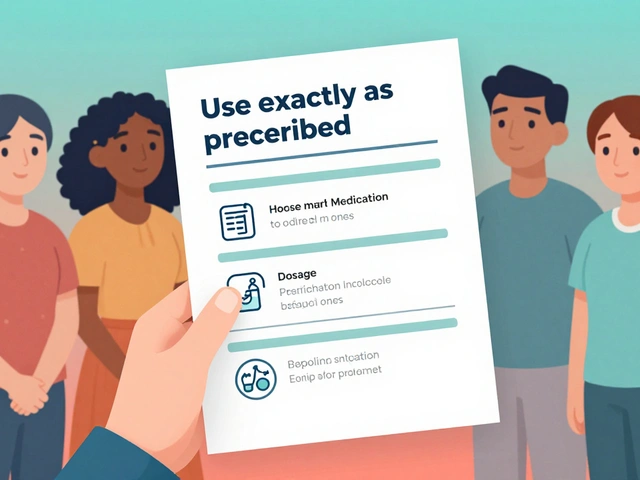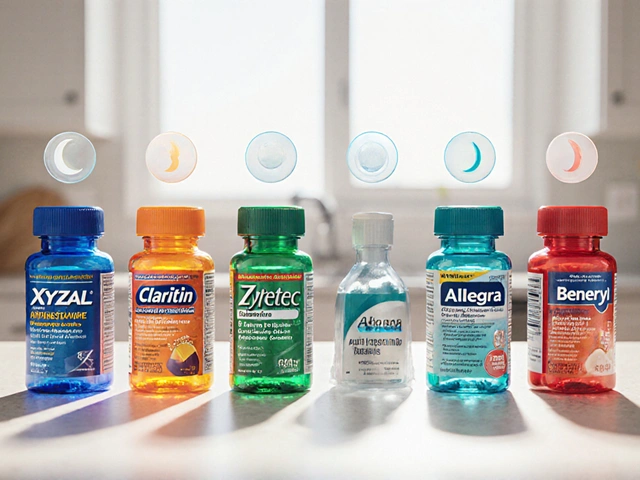Levamisole administration: how to take it safely
Levamisole is an older antiparasitic drug and immune modulator. These days it’s mostly used in veterinary medicine or in specific human cases under strict medical supervision. If you’ve been prescribed levamisole, this page explains how it’s usually given, what to watch for, and the safety checks clinicians use.
How levamisole is given and common dosing ideas
Levamisole comes as an oral tablet. For human deworming, clinicians commonly use a single dose given by mouth. A typical dosing approach is around 2.5 mg per kg of body weight, often rounded to a single adult dose of about 150 mg. Some treatment plans repeat the dose after 2–3 weeks if reinfection is likely. Exact dose and schedule depend on the infection, the patient’s age and weight, and local guidelines.
Important: dosing for animals, cancer therapy, or other uses is different. Always follow the specific prescription or product label. Do not borrow doses from veterinary products or take medication based on online sources without medical approval.
Safety checks, side effects and what to watch for
Levamisole can cause serious side effects, the most important being effects on the bone marrow. Rarely, it can trigger agranulocytosis — a dangerous drop in white blood cells. Watch for sudden fever, sore throat, mouth sores, unexplained bruising or infections. If any of those appear, stop the drug and seek medical help immediately.
Your clinician may order a baseline complete blood count (CBC) before starting levamisole and repeat it during or after treatment if the course is prolonged or if you have other risk factors. People with liver or kidney problems, those on other bone marrow–suppressing drugs, and anyone who is pregnant or breastfeeding should avoid levamisole unless a specialist recommends it.
Other possible side effects include nausea, abdominal pain, dizziness, and skin rashes. Serious allergic reactions are rare but possible. Tell your provider about all medicines and supplements you take, especially immune-suppressing drugs, so they can check for interactions.
There’s an added public safety note: levamisole has been found as an adulterant in illicit drugs like cocaine and has been linked to severe blood problems and skin necrosis when used that way. Never assume a recreational product is safe.
Storage is simple: keep tablets in the original packaging at room temperature, away from heat and moisture, and out of reach of children. Dispose of unused medicine following local rules or a pharmacy take-back program — don’t flush medications.
If you have questions about why levamisole was chosen, how long you’ll take it, or what monitoring you need, ask your prescriber. That short conversation can prevent serious problems and make the treatment safer and more effective.
 14 May
14 May
Levamisole Dosage Guide: Effective Use, Administration, and Important Safety Tips
This guide breaks down everything you need to know about levamisole dosage, from why it's used to how to give it safely. You'll get straight-to-the-point facts, tips on proper administration, and practical advice on avoiding side effects. Whether dosing animals or understanding the risks for humans, there's plenty here to keep you safe and informed. Data-driven tables and real tips bring this comprehensive article to life. No fuss, just answers you can use right away.
Read More...




